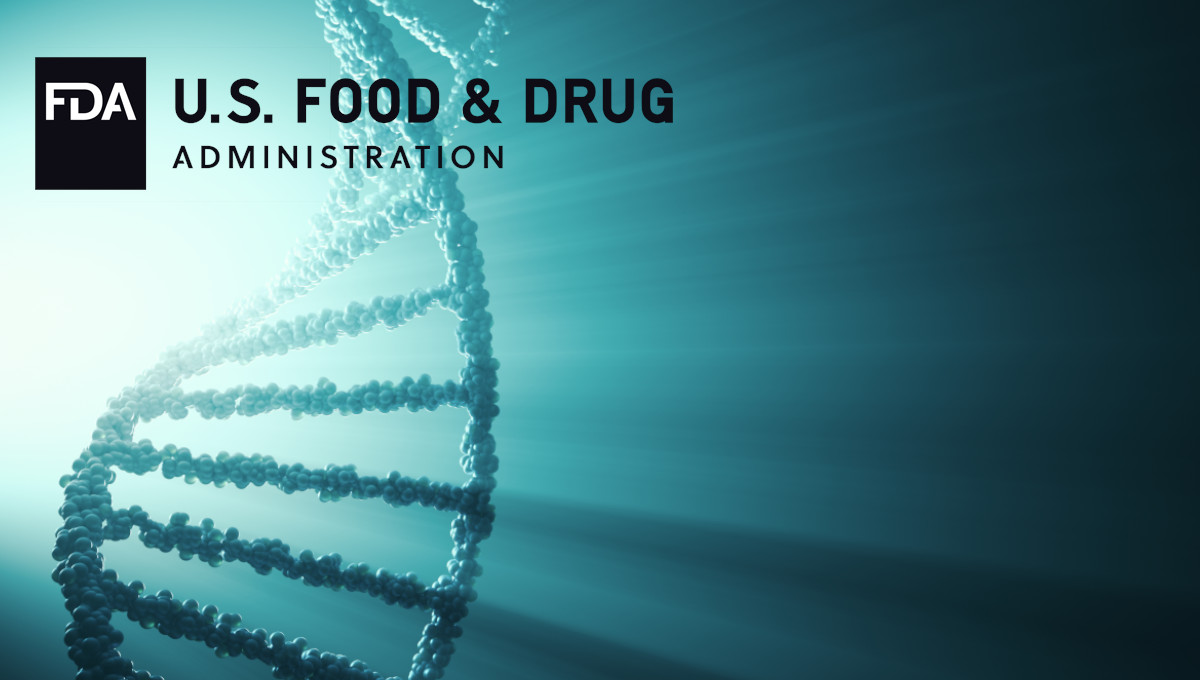This month, the U.S. Food and Drug Administration published a study on the effectiveness of the GenomeTrakr Whole Genome Sequencing (WGS) Network, a scientific tool that helps the FDA detect, investigate and limit the spread of foodborne illness outbreaks.
By 2019 the program was already estimated at providing nearly $500 million in annual health benefits, compared to an approximately $22 million investment by public health agencies.
The FDA created the WGS Network in 2013, as a tool to improve food safety. The network has grown to include federal, state, hospital and other labs in the United States and other nations that use WGS for pathogen identification.
The FDA study presents an analysis of whole genome source tracking implementation on potential food contamination and related illnesses through theoretical, empirical and cost benefit analyses. Specifically, the study examined FDA regulated food commodity outbreaks from 1999 through 2019 and looked at the effect of the National Center for Biotechnology Information (NCBI) Pathogen detection program.
The results of the study also suggest that each additional 1,000 WGS isolates added to the public NCBI database is associated with a reduction of about 6 illnesses per WGS pathogen, per year.
Even under conservative assumptions, the program likely broke even in its second year of implementation and could produce increasing public health benefits as the GenomeTrakr network matures, according to officials.
Currently, the FDA continues to facilitate opportunities to speed the adoption of WGS by public and private laboratories. WGS and the GenomeTrakr also have roles in advancing the goals set out in the FDA’s New Era of Smarter Food Safety Blueprint, which include facilitating opportunities to speed the sequencing of pathogens.
(To sign up for a free subscription to Food Safety News, click here.)

